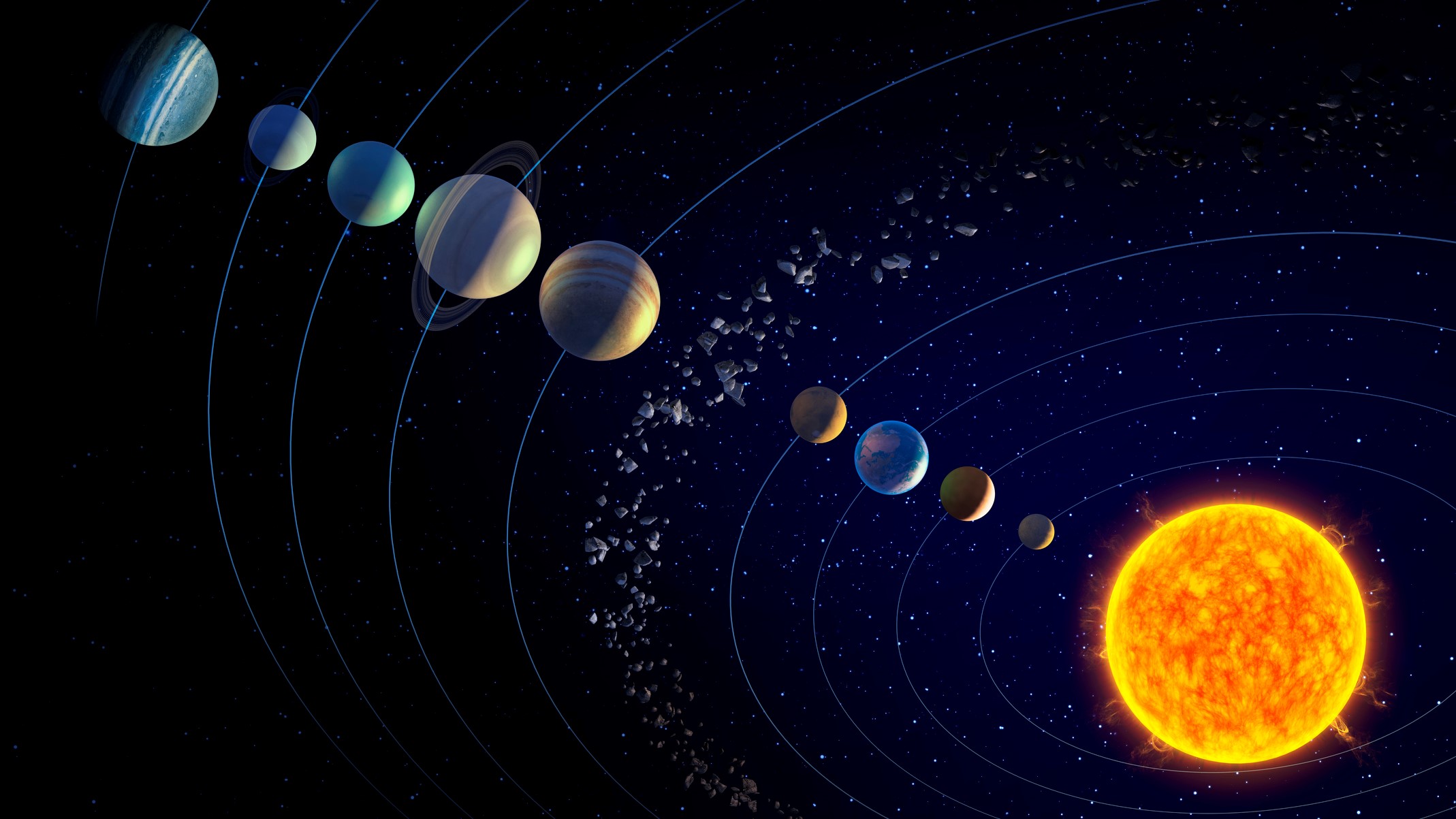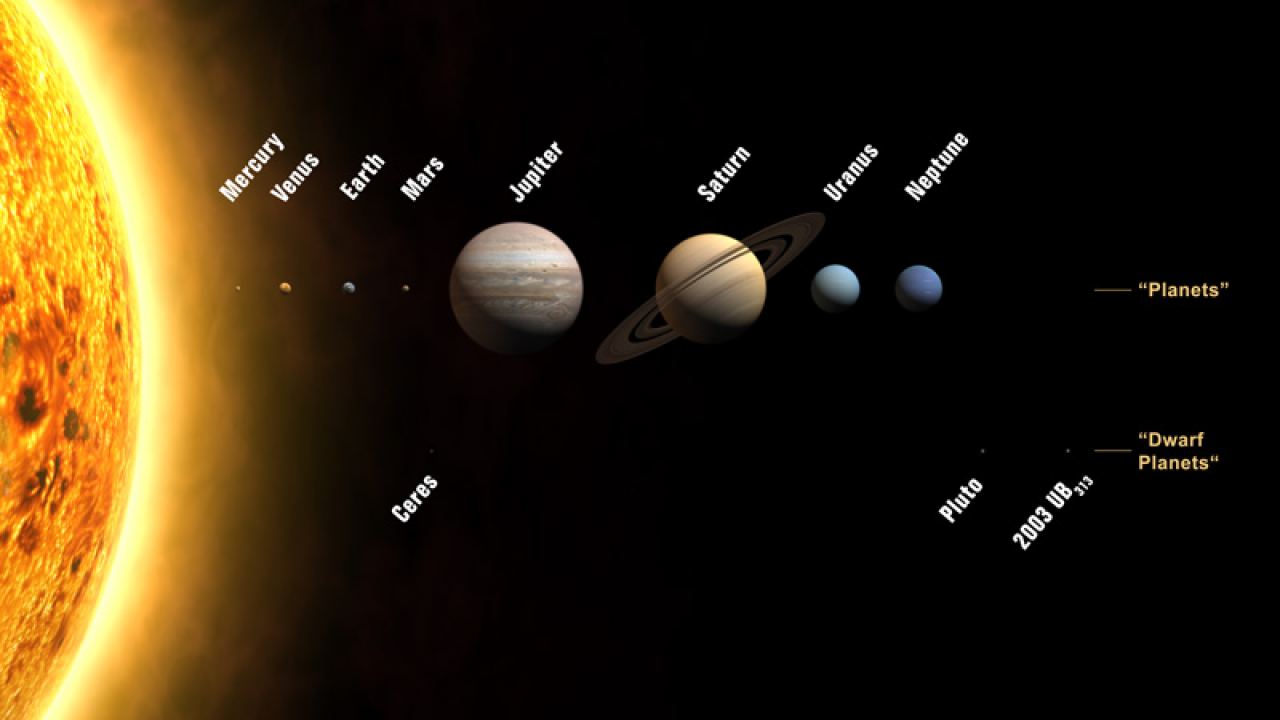Which Planets Are Most Different From Earth Explain
Some are small and rocky. This is a photo of the United States Great Lakes region.

The Outer Planets Giant Planets What Are They And Where Are They
The density of materials results in a wide size gap with the less dense outer planets.

. Were also discovering mini-Neptunes planets smaller than Neptune and bigger than Earth. Earth affords life all the right luxuries moderate temperatures lush vegetation and abundant water. Some are so hot that metals would melt on the.
Planets that are most like the Earth are Mercury Venus and Mars. Others are big and gassy. Until the middle 1990s the practical study of the origin of planets focused on our.
It wasnt always this way. Like most planets Earths earliest atmosphere was dominated by hydrogen and helium. Planet Facts The Planets In Order.
Tropos means change and the name reflects our constantly. But there is a place on Venus thats downright lovely. Venus and Mars are the most like Earth but in different ways.
In terms of size average density mass and surface gravity Venus is very similar to Earth. Our solar system is home to eight amazing planets. Planets are different because the environment they form in are different.
In composition size in atmosphere etc. In terms of size average density mass and surface gravity Venus is very similar to Earth. The closest planets to.
The mostly rocky ones include. Up in the clouds. Answer 1 of 4.
This exoplanet is 33 percent larger than Earth and completes an orbit of its star every 112 days according to NASA. But all the outer planets Jupiter Saturn Uranus and Neptune are highly unlike Earth. Planet Compare Solar System News NASA has extended the planetary science missions of eight of its spacecraft due to their scientific productivity and potential to deepen our knowledge.
A new study from researchers at Brigham Young University and Pennsylvania State University provides the most accurate estimate of the number of Earth-like planets in the. The Earth is the only planet in the whole universe discovered so far where we can. On Earth we live in the troposphere the closest atmospheric layer to Earths surface.
But Mars is the. In terms of size average density mass and surface gravity Venus is very similar to. Venus and Mars are the most like Earth but in different ways.
There are really two kinds of planets in our Solar System. In addition ice and gas are also far less dense than the rock and metal that make up the inner planets. All About the Planets.
Most living things on the planet require oxygen to survive. Venus and Mars are the most like Earth but in different ways. All tutors are evaluated by Course Hero as an expert in their subject area.
Our solar system has eight planets. The Atmosphere and Presence of Oxygen. Unfortunately youd die faster on the surface of Venus than almost anywhere else in the Solar System.
Here are 10 tidbits. The discovery of Kepler-442 situated 1194. Planets that are most.
No planets of this size or type exist in our solar system. But Mars is the planet that is most. Reasons Why Earth is Different From Other Planets.
Earth is the only place scientists know of with enough oxygen in its atmosphere to support life. These two elements are by far the most abundant in the. Planets closer in to the sun than earth are hotter on average and planets farther away are cooler although some of the gas giants generate some heat on their own.
With the exception of Uranus and Neptune each of. Compare the main characteristics of other planetary systems with the features of the solar system. In our solar system the gas giants Jupiter and Saturn are thought to have formed close to the Sun.
Mercury Venus Earth Mars Jupiter Saturn Uranus and Neptune.

What Are The Temperatures Of The Different Planets Culture Online Ucl University College London

Solar System Planets Order And Formation A Guide Space


Comments
Post a Comment